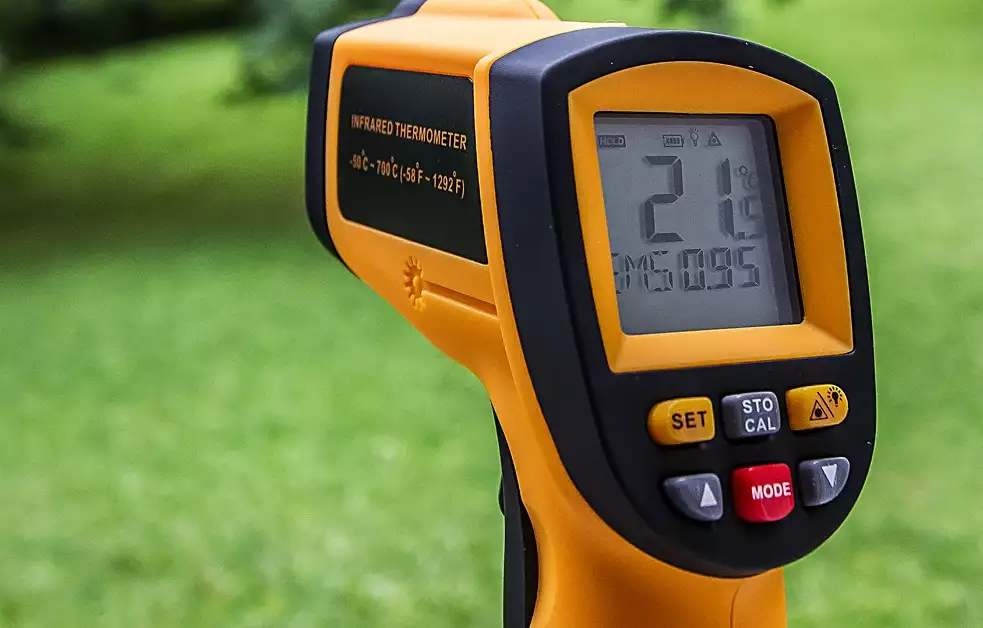There are many candidates for the most symbolic images of the past two+ years, but - without doubt - one of them would have to be the infrared thermometer. Throughout the covid-19 pandemic, where technology intersected with natural phenomena to an incredible degree, users of hand-held thermometer 'guns' would point the device at someone's forehead to check for a fever without ever making actual device-to-skin contact. But did you know infrared thermometers are for much more than just checking a patient's temperature?
Before we dive in any deeper, let's zoom out a little to understand how infrared technology has transformed the thermometer space. That's because traditional thermometers detect and display temperature with the three states of matter - solid, liquid and gas. But a thermometer is in fact any device comprised of a sensor and an interpreting function - the first to detect and quantify the temperature, and the second to communicate it to the user or system. These traditional thermometers work by using the physical properties of a substance. Liquids and solids, for instance, expand with heat and contract when they cool, while gases increase and decrease in pressure similarly. As physical metrics like freezing and boiling points are understood, those changes in physical states can then be interpreted and translated by the traditional thermometer.
The fascinating technological step achieved by infrared thermometers, on the other hand, is that physical contact between the device and the object whose temperature is being measured is not needed at all. This futuristic solution is perfect not just for times of pandemic, but when the user needs to instantly and accurate test something that is extremely hot, or on the move, or medically sterile, or out of reach. Infrared thermometers reach beyond the medical world and into construction, laboratories, food manufacturing and many more industries across the spectrum that are centred upon:
1. Distance
As we've already touched upon, the headline benefit is that temperature readings can be taken from a distance, which is perfect for pointing into an out-of-reach vehicle engine, or detecting a hotspot in an electrical system.
2. Danger
As in the electrical hotspot above, infrared thermometer users are able to check temperatures without having to make contact of any time. It is therefore easy to discover the thermometer of a raging fire or nearby areas for access, test hazardous industrial equipment like boilers or process pipes, or understand the temperatures in otherwise toxic spaces.
3. Movement
While the traditional thermometer typically requires at least a moment of stasis, the infrared version can test something even if it's on the move without affecting the reliability or accuracy. It has made them indispensable for applications like factory production lines, or for any other type of machinery or process that would otherwise have to be stopped.
Luckily, infrared thermometers are based on a simple working principle that keeps the costs down so that any individual or organisation is able to benefit. As all matter emits energy in the form of heat, the technology compares the infrared rays that are pointed at the object with the ambient temperature around it - giving us an instant, reliable and highly accurate temperature reading. The most difficult part is matching your specific application to the correct device, as you'll need to consider the types of surfaces, variation in emissivity, and the required testing distances and temperature range. To ensure you make the right choice, always consult with an industry expert.


No comments yet